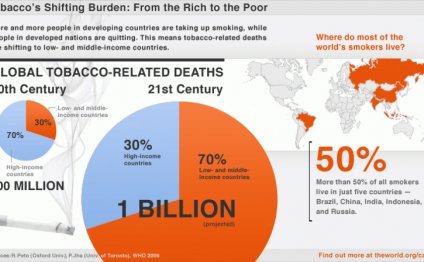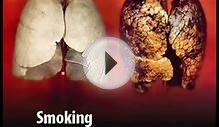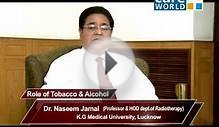
Cancer tobacco
 Tobacco and alcohol are the most important oral cavity and oropharyngeal cancer risk factors. Mouth cancer is largely a lifestyle disease, meaning that the majority of cases are related to tobacco and alcohol use. Approximately 90% of people with mouth cancer are tobacco users. People who stop using tobacco, even after many years of use, can greatly reduce their risk of all smoking related illnesses, including mouth cancer. The best way to avoid these cancers is to never start smoking or chewing tobacco in any form.
Tobacco and alcohol are the most important oral cavity and oropharyngeal cancer risk factors. Mouth cancer is largely a lifestyle disease, meaning that the majority of cases are related to tobacco and alcohol use. Approximately 90% of people with mouth cancer are tobacco users. People who stop using tobacco, even after many years of use, can greatly reduce their risk of all smoking related illnesses, including mouth cancer. The best way to avoid these cancers is to never start smoking or chewing tobacco in any form.
By Jeremy Twitchell
Deseret Morning News
'Man without a face' warns of cancer risk. Former baseball player Rick Bender speaks about surviving oral cancer caused by chewing tobacco. He lost part of his tongue and jaw in surgeries.
Smokeless Tobacco
In the United States, an estimated 3 percent of adults are current smokeless tobacco users. An estimated 7 percent of high school students are current smokeless tobacco users. Estimates by race/ethnicity are 8 percent for white, 5 percent for Hispanic, and 3 percent for African American high school students.
There are two types of smokeless tobacco - snuff and chewing tobacco.
Snuff, a finely ground or shredded tobacco, is packaged as dry, moist, or in sachets (tea bag-like pouches). Typically, the user places a pinch or dip between the cheek and gum.
Chewing tobacco is available in loose leaf, plug (plug-firm and plug-moist), or twist forms, with the user putting a wad of tobacco inside the cheek. Smokeless tobacco is sometimes called "spit" or "spitting" tobacco because people spit out the tobacco juices and saliva that build up in the mouth.The most serious health effect of spit tobacco is an increased risk of cancer of the mouth and throat. Oral cancer occurs several times more frequently among snuff dippers compared with non-tobacco users. The risk of cancer of the cheek and gums may increase nearly 50-fold among long-term snuff users.
Studies have shown that about 7% to 27% of regular spit tobacco users have gum recession and bone loss around the teeth. Tobacco can irritate or destroy the gum tissue.
Smokeless Tobacco and Cancer: Questions and Answers
This free booklet discusses harmful spit tobacco use in a colorful and graphic format. It includes information on addiction, toxic chemicals in tobacco and snuff, medical problems from use, warning signs of oral cancer, and tips to quit.
"So you're a dipper and you'd like to quit. Maybe you've already found that quitting dip or chew is not easy. But you can do it!" This online guide is designed specifically for those who have decided to quit using spit tobacco or who are thinking about quitting. It contains information about developing a plan for quitting, as well as information on over-the-counter and prescription medications available to help break the nicotine habit.
Mouth cancer epidemic on the way
In India, doctors are reporting a rise in pre-cancerous lesions in the mouth - which they're convinced are caused by chewing tobacco. They are worried about the surging popularity of chewable or smokeless tobacco, particularly among the young. Children started using gutkha six or seven years ago. Mouth cancer has a ten-year incubation period, so they fear a huge bout of oral cancer will hit India in a few years time.
VIDEO REVIEWS



Share this Post
Related posts
Tobacco history facts
Nicotine was isolated from tobacco leaves ( Nicotiana tabacum ) in 1828, but the powerful effects of nicotine were already…
Read MoreHistory of tobacco Regulation
National Commission on Marihuana and Drug Abuse THE BAN ON ADVERTISING Both the U.S. Public Health Service and Federal Trade…
Read More
 Head and neck cancer refers to a group of biologically similar cancers that start in the lip, oral cavity (mouth), nasal cavity (inside the nose), paranasal sinuses, pharynx, and larynx. 90% of head and neck cancers are squamous cell carcinomas (SCCHN), originating...
Head and neck cancer refers to a group of biologically similar cancers that start in the lip, oral cavity (mouth), nasal cavity (inside the nose), paranasal sinuses, pharynx, and larynx. 90% of head and neck cancers are squamous cell carcinomas (SCCHN), originating...










